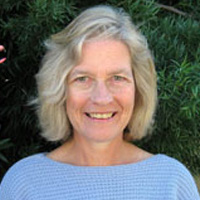Newt Gingrich enjoys calling President Obama "the nation's best food-stamp president," and vows to replace food stamps with paychecks. He's been less than subtle associating the program with African-Americans, laziness, and dependence on government. This kind of rhetoric is nothing new: the specter of the welfare queen has long been used to justify spending cuts for the needy.
Such offensive stereotypes obscure the truth about food stamps. The lack of paychecks stems from the state of the economy, not the state of anyone's work ethic. And the largest group of beneficiaries is white. Almost 50 percent of recipients are children. Another 25 percent are elderly or disabled. Thirty percent work. But with falling wages, decreased benefits, and skyrocketing food prices, it's hard to make ends meet. At a time of record childhood poverty levels in America, food stamps offer families a modicum of stability.
According to the latest Census Bureau data, food stamps lifted 3.9 million out of poverty. They are also a good investment, stimulating the economy by immediately injecting money into it. A 2008 study notes that every tax dollar spent on food stamps lifts GDP by $1.73.
It's true that more Americans now use food stamps. Enrollment first increased under President Bush, who made the program more accessible. The recent record-breaking number of 46 million, however, is not because President Obama likes to foster dependency. It's because the recession he inherited has thrown millions of Americans out of their jobs and homes. The suffering would be much worse without government assistance.
The debate over food stamps is really a debate about what kind of country we want to be. Will we embrace an ideology of "on-your-own" economics? Or stay true to the vision of an America that prospers because we stand by one another?
